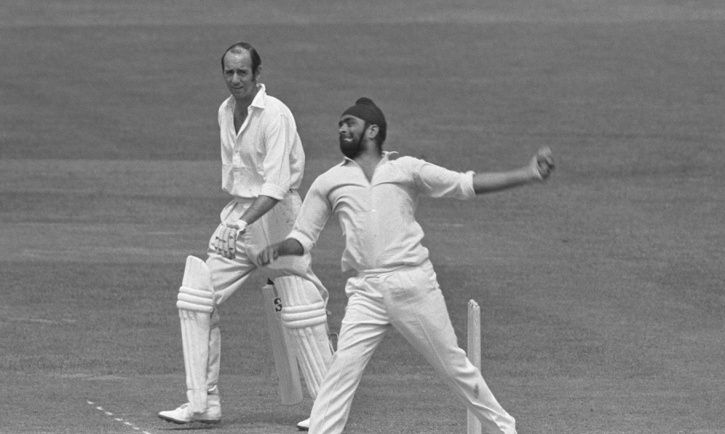The Indian Cricket History or the evolution of Indian cricket traces its journey from its British colonial origins to becoming a popular sport deeply ingrained in the country’s culture. Introduced by the British in the 17th century, it took almost four centuries for cricket to become firmly established in India. The game’s entry into the Indian subcontinent is attributed to the 200 years of British rule, making cricket a part of their legacy.
In 1721 AD, the first cricket match took place on Indian soil, which was initially adopted by the Parsi community. The formalization of the game began with the establishment of the ‘Oriental Cricket Club’ in 1848, which proved to be an important milestone in the organized development of cricket in India.

Although India became informally associated with cricket as early as 1721, the country gained official Test status in 1932. The inaugural Test match against England at Lord’s in London marked India’s entry into international cricket, captained by C.K. Naidu. Despite being considered a weak team for a significant period, Indian cricket underwent a turnaround in the 1950s and emerged as a force to be reckoned with.
The Parsi Oriental Cricket Club, established in the 19th century, played an important role in awakening interest in cricket among the Indian public. The first official cricket match between the Parsis and the Europeans took place in 1877 AD, paving the way for the game to capture the hearts of the people.
The popularity of cricket increased rapidly in India in the 20th century. India’s foray into Test cricket began in the 1930s, with notable players such as Maharaja Ranjit Singh and Dalip Singhji representing the England cricket team. A historic moment came in the 1950s when India won the World Cup in 1952 under Polly Umrigar, Vijay Manjrekar and S.M. The team achieved its first Test series win against arch-rivals Pakistan by displaying excellent performance from players such as. Gupte.

The Indian team developed into a strong team in the 1960s, excelling both domestically and overseas. 4 Magicians of Spin, Bishan Singh Bedi, Erapalli Prasanna, B.S. Chandrashekhar and Srinivas Venkataraghavan dominated the 1970s, considered the golden age of Indian cricket. Sunil Gavaskar and Gundappa Vishwanath emerged as iconic batsmen during this period.
The 1980s saw the emergence of aggressive batsmen like Mohammad Azharuddin, Dilip Vengsarkar and all-rounder Ravi Shastri on the Indian cricket scene. India’s victory under Kapil Dev in the 1983 Cricket World Cup was a historic achievement. Sunil Gavaskar’s record-breaking achievements and Kapil Dev becoming the highest wicket-taker in Test cricket were the highlights of that era.
The performance of the Indian cricket team improved in the 1990s with the addition of legends like Sachin Tendulkar and Anil Kumble. However, off-field controversies including the match-fixing scandal involving Mohammad Azharuddin and Ajay Jadeja presented challenges.
Indian Cricket History after year 2000 (Y2K)

Since the early 2000s, India have seen significant improvements under coach John Wright. Notable wins include the 2001 Test series against Australia and the 2003 ICC Champions Trophy. In this era, players like Mahendra Singh Dhoni, Suresh Raina, Irfan Pathan and Yuvraj Singh also left their mark.
The introduction of Twenty20 cricket in 2006 led to India winning the first Twenty20 World Cup in 2007. That was a tremendous achievement, which will be written in golden words in Indian Cricket History. India achieved milestones in the years that followed, including winning the 2011 Cricket World Cup under the captaincy of Mahendra Singh Dhoni, coached by Gary Kirsten.
In conclusion, Indian cricket history has traveled a remarkable journey from its colonial roots to becoming a cricketing superpower, with each era contributing to the growth and success of the game on the international stage.










2 thoughts on “Indian Cricket History-a captivating saga of resilience”